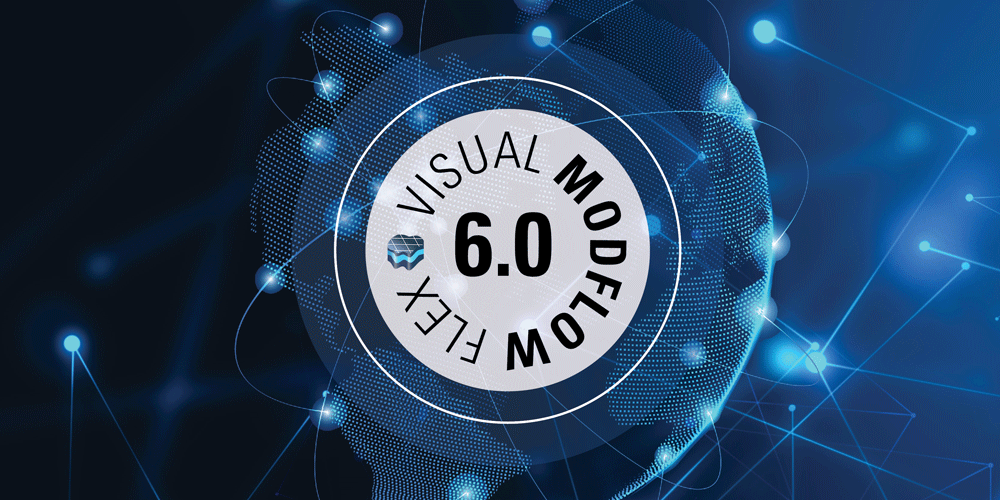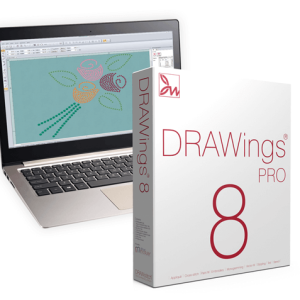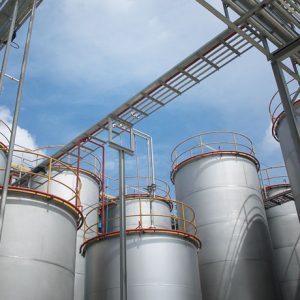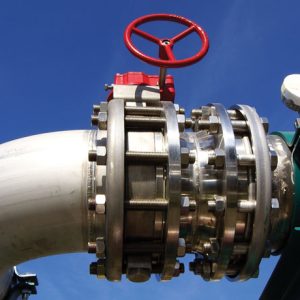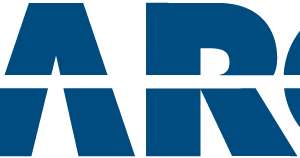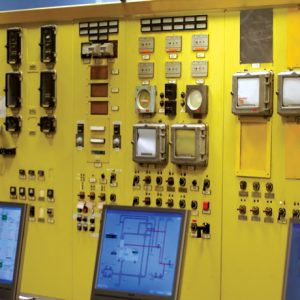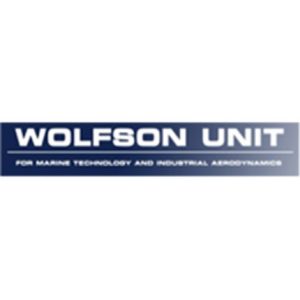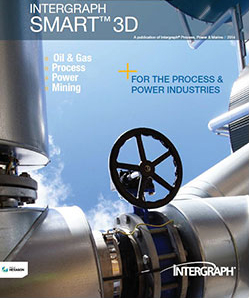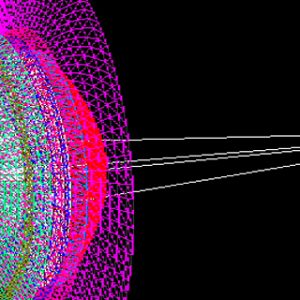Waterloo Visual MODFLOW Flex v6 Premium
$ 170.00
Visual MODFLOW Flex groundwater modeling software is the industry standard for simulating groundwater flow and contaminant transport.
Description
Experience the power of Visual MODFLOW Flex 6.0
Visual MODFLOW Flex brings together industry-standard codes for groundwater flow and contaminant transport, essential analysis and calibration tools, and stunning 3D visualization capabilities in a single, easy-to-use environment.
Enhancements include:
1. Build your unstructured MODFLOW-USG model using the same workflow steps as in a structured Finite Difference model:
- Define Modeling Objectives
- Specify model properties (such as Conductivities, Initial Heads, etc.) using the same tools as in Finite Difference models
- Add Boundary Conditions
- Define ZoneBudget Zones
- Add Particles
2. Define Quadtree Grids (Q-Grids)
3. Refine vertical layers when creating unstructured grids
4. Make use of advanced translation settings providing greater flexibility in how your model simulations are formulated
5. Support for the MODFLOW-USG Ghost Node Correction (GNC) package
6. Flex is now packaged with MODFLOW-USG v1.4, the latest official USGS version as of the release date of Flex 6.0
Enhancements include:
1. Support for mod-PATH3DUv3.0*, which enables particle tracking in unstructured grid (MODFLOW-USG) models

2. Enhanced particle tracking capabilities allowing you to define:
- Groups of particles that can be tracked and visualized separately
- Separate particle release times for each particle group
- Locations of particles based on existing or drawn point, polyline, polygon, or well features

- Particles in cross-section views (i.e. row and column views) of a finite difference model
- Particle elevations based on layer(s), surface(s), or a constant elevation
*mod-PATH3DU is a free utility developed by SSPA that must be downloaded and installed separately from the SSPA website.
Enhancements include:
1. ZoneBudget is now supported in unstructured MODFLOW-USG models
2. You can use point, polyline, or polygon features to define Zone Budget zones and zones can be specified directly using feature attributes from a data field
Enhancements include:
1. Visualize velocity vectors in finite difference and unstructured grids. View:
- In-plane velocity vectors

- Color maps of out-of-plane velocities

- Display average or Darcy velocities (total or in-plane) or by direction
2. Specify a line feature along which to show cross-sectional color maps of unstructured grid model properties and outputs
3. Cell Inspector now includes Layer/Model Top and Bottom elevations, and the magnitude and X-, Y-, and Z-components of the average/Darcy groundwater velocity
4. When creating horizons, you can preview how the rules will be enforced in the 3D Viewer rather than viewing the raw surfaces
Enhancements include:
1. Field calculator/expression builder includes
- cell geometry variables: Cell Bottom ($BOT), Model Bottom ($MBOT), Cell Thickness ($DZ), Cell Width ($DX), and Cell Length($DY) and additional functions: LOG, LOG10, NOT, ABS, DOT
2. Copy Model (Flow/Transport) Properties and Boundary Conditions to form one Layer, Row, or Column to other Layers/Rows/Columns
3. Edit cells (active/inactive, zone budget) in row/column views.
Enhancements include:
1. Import distributed property values from Classic Models
2. Use a source data field to map feature elevations when importing point, polyline, and polygon data
3. Model outputs including groundwater heads, drawdown, velocity, and concentrations can be exported to text files
4. Export contours as polyline shapefiles
Enhancements include:
1. Observation Wells can be specified as separate groups
2. Performance improvements on project open and close operations for larger projects
3. Output Control file translation supports keywords or codes and the standard or compact budget formats to provide support of MODPATH and mod-PATH3Du.
4. Added MT3D-MS and RT3D summary output (.OT) files to the open files dialog at the model run step
- Intermittent unhelpful translation error “Vmac is running in the task bar, please close it and try again”.
- Deleting particles by drawing a box does not actually delete particles
- Well schedule not translated correctly if the project time unit is not in days
- In some cases, particularly if the whole output water table exceeds the model ground surface it was rendered at Elevation=1
- Modifications to a pumping well boundary condition propagate to all runs under the same grid
- Concentration observations contained incorrect column names
- Project Clean-up/Remove orphan objects from model
- If all boundary conditions of a given type were deleted, they would still run in the model due to advanced run settings. You are now prompted to remove the translated file or back-it up so that it no longer runs in the model
- In some cases, the schedule for pumping wells with relative times does not import correctly
- In some cases, assigning a schedule to a conceptual boundary condition results in an error message that the schedule occurs before the model start date even if this is not true
- Concentration observations incorrectly handled for simulations with multiple species
- Transient Fluxes (Model Results) are not shown or exported, only Flux from first time step.
- Fluxes not displaying properly in 3D Viewer
- Cells remain active if boundary condition is applied to ‘Top’ of model domain
- MODFLOW-USG, BCF package fails to translate if property values are edited
- When using a uniform grid, the CM->NM conversion does not add conceptual BCs assigned to model top to Layer 1 rather than the upper-most active layer
- When importing heads file as 3D gridded data to a Rotated Grid Project, error “Object reference not set to instance of object appears”
- Inconsistent/compound units are not correctly converted for certain RT3D reaction parameters
- Water table for USG does not take ponding into account
- Reinstalling Visual MODFLOW Flex does not replace MODFLOW-SURFACT with the demo version in the engines folder
- Flex does not always cleanly delete elements from the Model Explorer, resulting in large file sizes
- In some cases, MODFLOW-USG conceptual model conversion results in incorrect parameter values, and causes parameter editing to fail
- Out of memory error when attempting to display certain DXF files in 2D view of Flex viewer or standalone 2D viewer
- Multiple Lake BCs result in a multiple key error upon translation
Groundwater Flow & Contaminant Transport Modeling Software
Visual MODFLOW Flex is more than just a graphical user interface for MODFLOW groundwater simulations. Visual MODFLOW Flex brings together industry-standard codes for groundwater flow and contaminant transport, essential analysis and calibration tools, and stunning 3D visualization capabilities in a single, easy-to-use software environment.
With Visual MODFLOW Flex, groundwater modelers have all the tools required for addressing local to regional-scale water quality, groundwater supply, and source water protection issues.
Why Choose Visual MODFLOW Flex?
Build models faster and more efficiently
With integrated 3D conceptual modeling, you will never have to rebuild a model again. Model inputs and grid design can be updated at any point in the modeling process as modeling objectives change, more data are collected and a better understanding of the sub-surface is achieved.
Simple, easy-to-use
Since 1995, Visual MODFLOW has been recognized for its intuitive, easy-to-use interface. With Visual MODFLOW Flex, modeling steps are conveniently presented in an intuitive, workflow-driven graphical user interface, allowing you to see what steps you’ve completed, your current step and what steps you need to finish to reach your modeling objectives.
Save time and money
Visual MODFLOW Flex provides both GIS-based 3D conceptual modeling and numerical modeling all within a single integrated software environment. This reduces the need to maintain costly 3rd party pre-processing tools and eliminates the error-prone process of transferring data back-and-forth between different software packages and data formats.
Model with confidence
The 3D conceptual modeling capabilities allow you to easily interpret and analyze raw GIS data in 2D, 3D and cross-sectional viewers. This provides a visual quality assurance of the data and allows you to gain a solid understanding of the subsurface before designing the numerical model.
Build larger, more complex models
Visual MODFLOW Flex is equipped to handle vast quantities of detailed, high resolution data. With 64-bit support, you can leverage the extra memory available on 64-bit computer and simulate large and complex regional-scale groundwater systems.
Build credible models
With integrated modeling, model inputs and outputs can be easily visualized alongside raw GIS field data in 3D. This allows you to establish model credibility by demonstrating how numerical model data (model layers, flow parameters, recharge data) were generated from conceptual data (borehole logs, GIS data). Calculated heads and pathlines can also be displayed alongside conceptual model data to validate assumptions and further demonstrate model credibility.
Easily compare multiple models
Visual MODFLOW Flex’s unique design permits easy side-by-side comparisons of multiple models allowing you to assess alternative modeling scenarios, grid indiscretions and hydro-geologic interpretations.
Visual MODFLOW Flex Applications
Visual MODFLOW Flex can be used for an array of groundwater applications.
-
Delineate well capture zones for domestic water supply development
-
Design and optimize pumping well locations for mine dewatering projects
-
Determine contaminant fate and exposure pathways for risk assessment
-
Simulate surface water-groundwater interactions
-
Watershed scale/regional groundwater modeling
-
Evaluate groundwater remediation systems (pump and treat, funnel and gate etc)
-
Aquifer storage and recovery (ASR)
-
Evaluate saltwater intrusion
Visual MODFLOW Flex System Requirements
Visual MODFLOW Flex requires the following minimum hardware configuration
Hardware Requirements
| Operating Systems | Windows 10 Pro or Enterprise Windows 8.1 Pro or Enterprise Windows 7 Professional, Enterprise or Ultimate |
| Processor | 32-bit or 64-bit |
| Hard Disk | 500GB drive with enough room to run a model. Waterloo Hyrdrogeologic recommends 50GB free space |
| RAM | 8 GB or more recommended |
| Networking Hardware | Network Card (required for soft key licensing) |
If you intend to work with large models (est. > 500,000 nodes), it is recommended that you use 64-bit version of Visual MODFLOW Flex, and increase your RAM (10 GB or more).
Software Requirements
The Visual MODFLOW Flex installation package requires the following software configuration:
-
Microsoft .NET Framework 4.0
-
Microsoft Office (2000 or later). If you do not have Office, you must install the Microsoft Access Database Engine.


